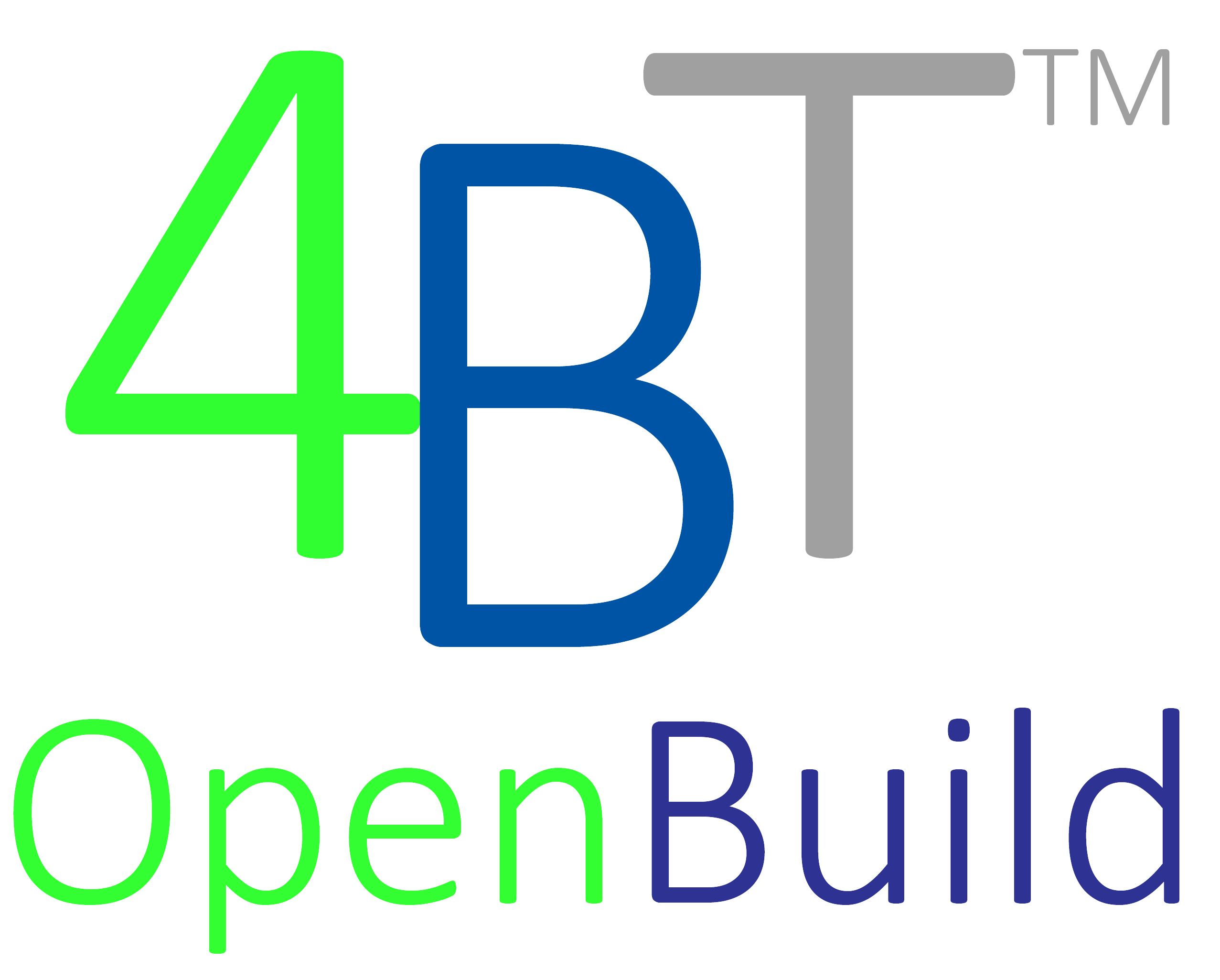The DoD’s reliance on “RSMeans “for FSRM (Facilities Sustainment, Restoration, and Modernization) cost management, despite the availability of current and verifiable local cost data, likely stems from several historical and institutional factors:
1. Historical Precedent and Familiarity
- RSMeans has been a longstanding standard in construction cost estimation. Many DoD agencies have used it for decades, and institutional inertia can delay the adoption of newer methods, even if those methods offer better accuracy.
2. Perceived Standardization
- RSMeans provides a nationally standardized database, which may give the illusion of consistency across different regions and projects. However, this approach often overlooks local market fluctuations and nuances, leading to inaccurate cost estimates.
3. Procurement Focus
- DoD contracting processes have traditionally prioritized procurement tools over integrated cost management frameworks. Since RSMeans is often seen as a procurement support tool rather than a cost management solution, its use persists even though it doesn’t fully support LEAN construction principles or cost transparency.
4. Lack of Awareness or Trust in New Solutions
- Even though objective, verifiable, and current local cost data is available, DoD decision-makers may not be aware of these solutions or may not trust their reliability without extensive validation. RSMeans, by contrast, is a “known quantity” and thus falsely perceived as lower risk.
5. Economic Adjustment Factor Issues
- RSMeans often relies on national averages adjusted by economic factors, which can lead to significant errors—commonly as high as 30-40% and even greater on individual items due to inaccurate local market representations. However, without a push toward more localized cost data, such practices persist.
6. Need for a Shift in Strategy
- Current cost management frameworks, like Collaborative JOC, Integrated Project Deliver, Progressive Design-Build, and Target Value Costing emphasize real-time cost visibility and collaboration between owners and contractors. However, unless the DoD transitions from a procurement-centric approach to one that prioritizes integrated project delivery and cost transparency, reliance on outdated methods will continue. Objective, verifiable, current, local market cost data is readily available for repair, renovation, maintenance, and new construction.


